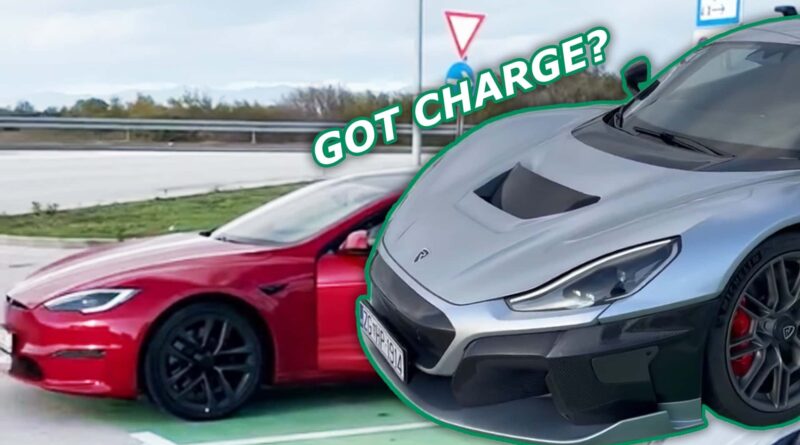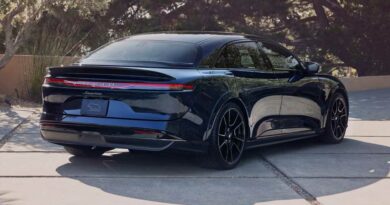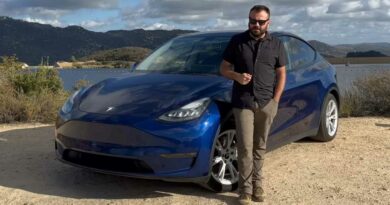See The Rimac Nevera Beat The Tesla Model S Plaid At The Charging Game
Who knew you could have a race but stay still at the same time? Well, in the world of electrified vehicles, memories of the childhood game of top trumps come back with a vengeance, and all you need is a pair of EVs and two identical DC fast chargers.
Charging speed is a pretty important talking point when it comes to electric cars, as it can make or break a long-distance road trip – the faster the speed, the shorter the time needed to get to the destination.
One of the most talked about EVs in the world, the Tesla Model S Plaid, can accept up to 250 kilowatts, which is no small feat. In fact, the American EV maker says its Superchargers can put up to 200 miles worth of range in 15 minutes, making trips relatively worry-free.
However, there’s an asterisk with that peak charging rate, as it can only be sustained between about 10 and 30 percent state of charge (SoC), as shown in this MotorTrend test from two years ago. After the SoC goes over 30 percent, the charging power slowly goes down, resulting in an average of 130 kW between 20 and 80 percent SoC.
And here’s where the much more expensive and rare Rimac Nevera comes to show the world that EVs can charge much quicker than the Model S, albeit at an eyewatering price of $2.2 million. By comparison, a bog-standard Plad goes for $89,990.
As you can see in the video below, which was posted on Facebook by none other than Mate Rimac, the Croatian company’s founder and CEO, a Nevera and a Model S Plaid were parked at a European Ionity DC fast charging station, which has several stalls capable of delivering a maximum rate of 350 kW each.
The battery of the Model S was at 32 percent, so just over that 30 percent threshold that was mentioned in the MotorTrend piece, and it was pulling 159 kW from the charger. However, the Nevera, which was at 42 percent SoC was getting a whopping 339 kW out of the Ionity stall, more than double compared to the electric sedan.
In the official specs, Rimac says the Nevera, which runs on a 730-volt architecture, can accept up to 500 kW of power for a zero to 80 percent top-up in just 19 minutes. The Model S’ high-voltage architecture runs at 400V, limiting its ability to accept more power, compared to an 800V system.
Gallery: Rimac Nevera First Customer Delivery In United States
However, changing things up while an EV is being produced is no small thing, and ultimately the current recharge speeds of Tesla’s models are more than acceptable. Plus, the fact that the Supercharger network is arguably the most reliable out there makes the case for keeping things the way they are.
Last year, Tesla officials said that switching to an 800V architecture for the company’s main models would lead to cost savings of less than $100 per unit. “[I]n the U.S., you’ve got 110-volt household power, or voltage,” said Tesla CEO Elon Musk. “And then, in your most, like sort of 220. But really, it doesn’t make that much of a difference. […] The advantages are small and the cost is high. Like I said, it’s long-term, like years now, it makes sense probably to [transition to] an 800-volt architecture, but it really needs a very big vehicle volume to pay for the cost of changing from 400 to 800 volts,” he added.
Source: Mate Rimac (Facebook)
Source: Read Full Article




